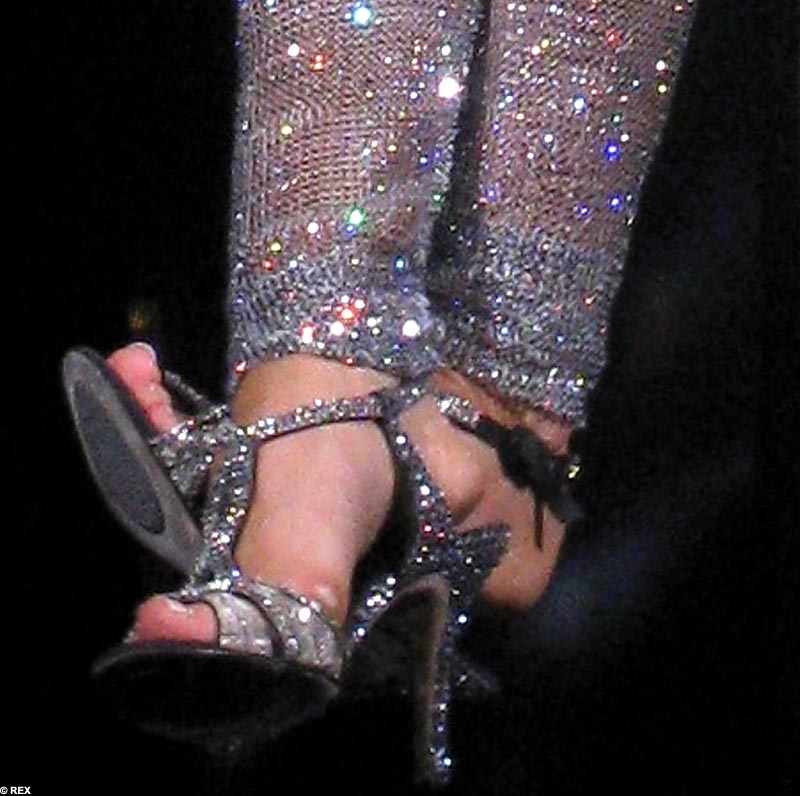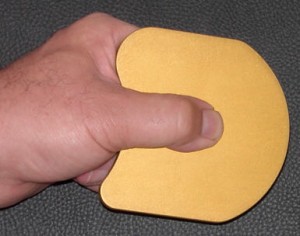If you have bunions you know just how painful and awful looking they can be. Though bunions occur in the male population as well, they’re most common in women — nearly 10 times more common. Why? Because women put our poor feet through the torture mill strapping them into tight, narrow, ill-fitting high heels.
But footwear is not the only cause of bunions. Genetics do play a significant role. People who have a history of bunions in their family are much more likely to have bunions than those who do not. Injuries to the foot can also be a factor in developing a bunion.
Many people who have a bunion, have a combination of factors making susceptible to this condition. For example, women over the age of forty, who have a family history of bunions and often wear high-heeled shoes would be considered much more likely to develop a bunion.
Treatment & Prevention Options
- Massage in the area above the bunion, never on it can greatly relieve pain and discomfort.
- Proper shoes with wide toe boxes and good insoles can also help.
- Have your leather shoes professionally stretched, by a shoe repair shop, to accommodate your bunion instead of cutting holes in your shoes.
- Check out the checklist of options to get your feet back on track at Natural Bunion Home Treatment.

The continuous pain from bunions as they grow worse and worse can be crippling. One woman decided to chart her journey with blog devoted to healing her bunions. The site is loaded with first person account of what she’s tried (including acupuncture) to relieve and reduce the size of her bunion.
If you have bunions and would like some help, set an appointment with us for massage and drop by Ashley’s Footwear for a custom fitting to help relieve the pain of your bunion.
Related Articles
- Prevalence of bunions increases with age; more common in women (physorg.com)
- Can Ill-Fitting Shoes Affect Your Health? (bodyquirks.wordpress.com)
- 8 Foot Exercises for Bunions (everydayhealth.com)




